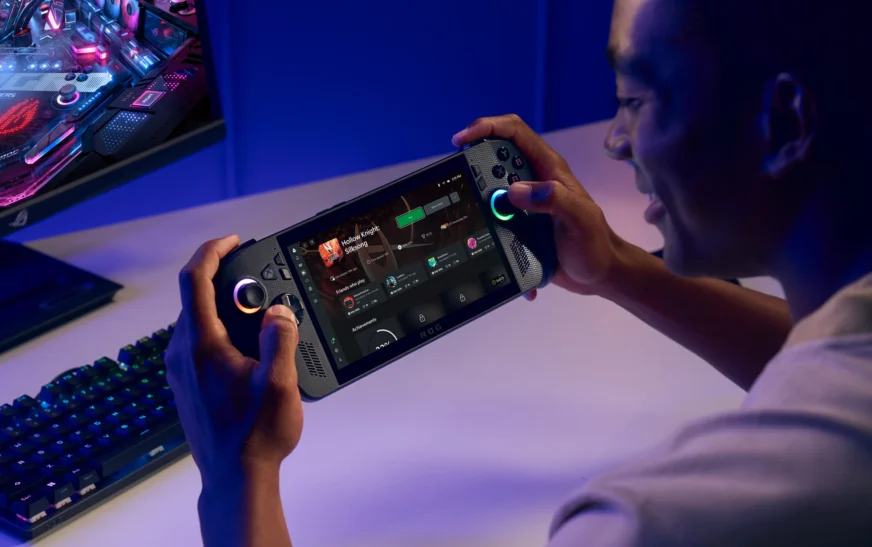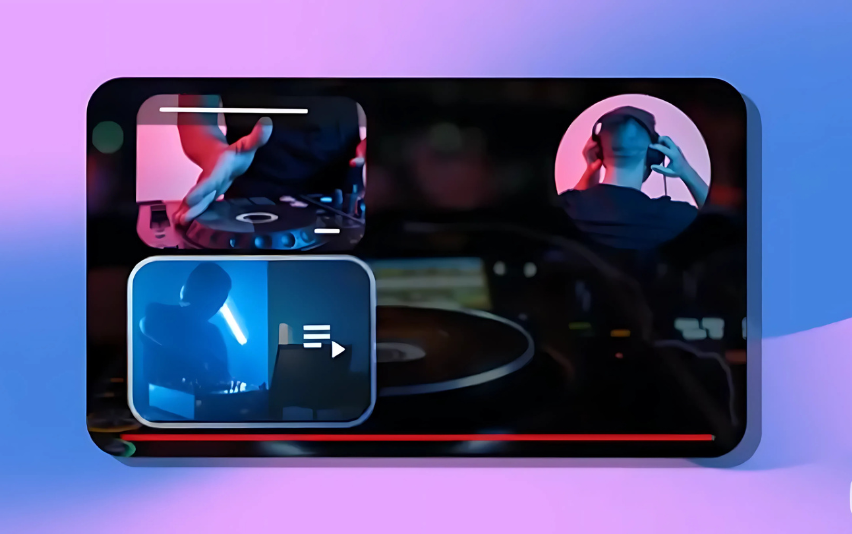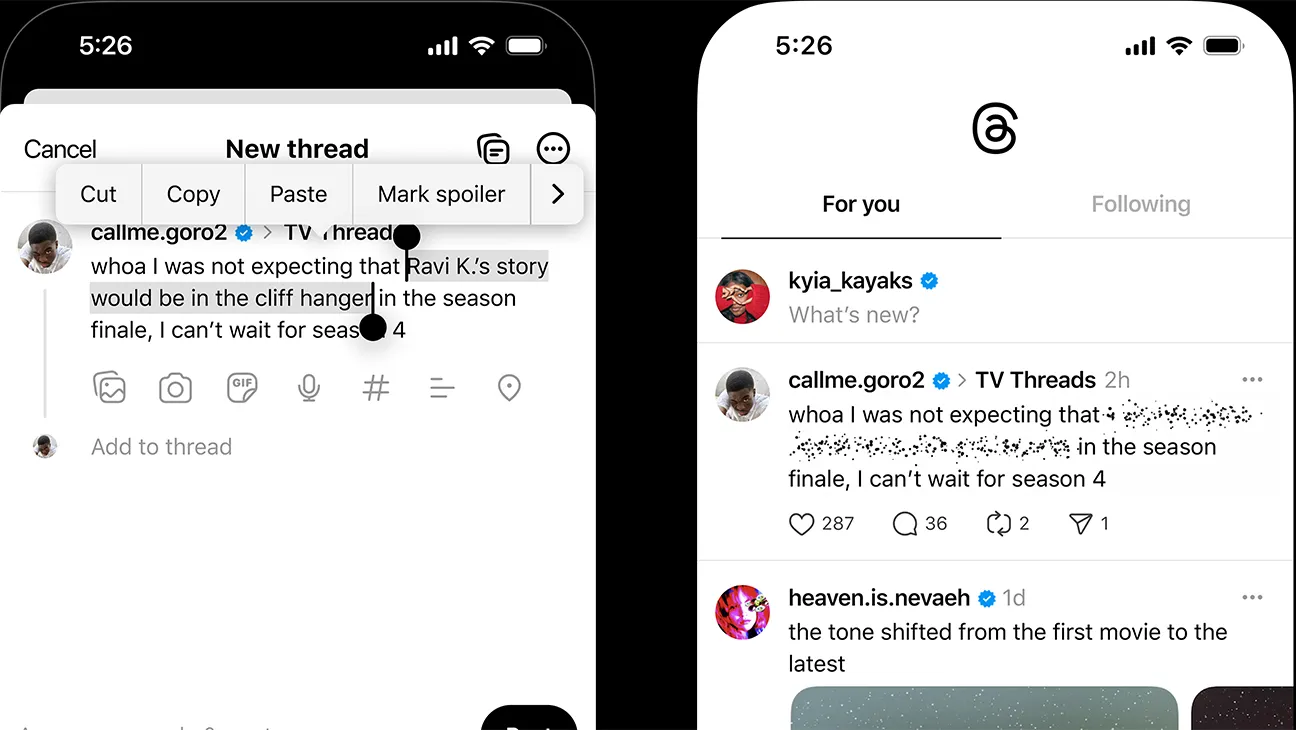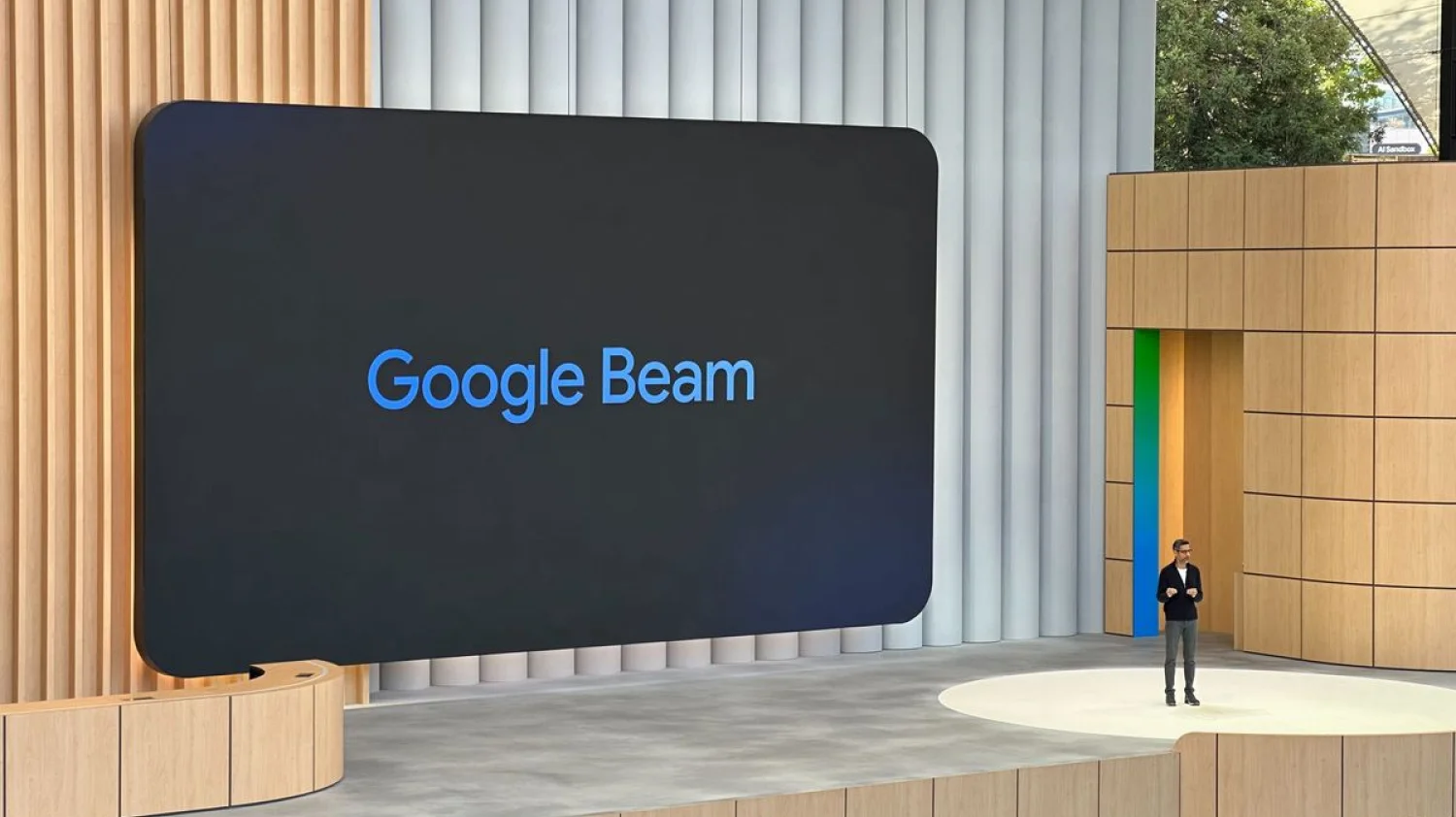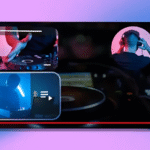Introduction: Microsoft’s Next-Handheld Pivot
After years of testing the handheld waters, Microsoft has officially launched a serious challenger to Valve’s Steam Deck and Nintendo’s Switch 2. In partnership with ASUS, the company unveiled two ROG Xbox Ally models—standard and ‘X’—that ditch Windows clutter and boot directly into a console‑style Xbox full‑screen experience. It’s a bold attempt to reimagine Windows handhelds and assert Xbox presence on the go.
Handheld Models & Specs Overview
1. ROG Xbox Ally
- AMD Ryzen Z2 A processor (16 GB RAM, 512 GB SSD)
- 7‑inch 1080p 120 Hz display (targets 720p gameplay)
- 60 Wh battery; contoured Xbox‑style grips and buttons
2. ROG Xbox Ally X
- AMD Ryzen Z2 Extreme (24 GB RAM, 1 TB SSD)
- 7‑inch 1080p 120 Hz with VRR; USB‑C 4 + Thunderbolt 4 connectivity, advanced haptics
Both devices support Xbox Game Pass, Cloud Gaming, Remote Play, and access to multiple game stores like Steam, Epic, and Battle.net.
The Console-Like Xbox Full-Screen Experience
Microsoft’s key innovation is the Xbox full-screen UI—a streamlined interface that bypasses the standard Windows desktop, taskbar, and background processes:
- Boots directly into a controller-friendly Xbox app
- Consolidates game libraries from Xbox, Steam, Epic, and others
- Frees up ~2GB RAM, enhances efficiency, battery life, and performance
- Updated Game Bar supports controller navigation, system overlays for Wi‑Fi and battery
This UI turns a Windows handheld into a true console-like experience—complete with a sleek gaming-first aesthetic and controller-first operation.
Sweet Spot vs Steam Deck & Switch 2
Steam Deck
- Valve’s gaming OS is lightweight and modular, but lacks Game Pass & Xbox integration
- Xbox Ally aims to match Steam Deck’s specs, while offering broader platform access
Nintendo Switch 2
- Switch 2 optimized for Nintendo exclusives but lacks raw power
- Xbox Ally X targets 900p–1080p gameplay with AMD AI-enhanced Z2 chip and haptics
Microsoft’s dual approach—lean UI plus powerful hardware—positions its handhelds as premium alternatives in the portable gaming space.
Ecosystem Integration & Future Game Optimization
Microsoft isn’t stopping at hardware:
- Plans to roll out full-screen Xbox UI to existing ROG Ally models and other Windows handhelds in 2025
- Working on a “Verified for handheld” label (akin to Steam Deck Verified) for optimized game compatibility
- Supports Xbox’s “Play Anywhere” initiative, enabling shared Xbox/PC game ownership
This unified approach bolsters portability, usability, and cross-platform alignment under Xbox’s multi-device ecosystem.
Early Impressions: What Reviewers Are Saying
- The Guardian describes the Ally X as “inconceivable even three years ago,” praising performance and AI features
- GamesRadar+ highlights console-grade build quality—contoured grips, ABXY layout, and quality haptics make it feel like it belongs in the Xbox family
- Performance testing shows framerates matching Xbox Series X charts, with Game Bar and boot optimizations delivering smooth play
Why This Moves Matters
- Console-grade UX on Windows: Full-screen Xbox UI bridges two worlds: Windows handheld power meets console simplicity.
- Cross-platform gamer appeal: Support for Steam, Epic, Game Pass, and Remote Play makes it a versatile gaming hub.
- Future device inclusivity: UI rollout to other devices signals Microsoft isn’t focused solely on hardware sales—it’s building a platform experience.
- Stronger Xbox ecosystem: Completes Xbox’s “anywhere gaming” strategy with more avenues to play familiar titles.
What’s Next?
- Launch expected for Holiday 2025, with base pricing rumored between $599–999
- 2025 updates will bring UI to more handhelds
- Incoming gameplay media on battery life tests, game compatibility, and handheld use cases
- Microsoft’s longer-term agenda includes gaining ground preemptively before Valve’s next-gen handhelds and Nintendo’s lineup stabilizes
Final Thoughts: Microsoft’s Handheld Gamble
Microsoft’s ROG Xbox Ally and Ally X are more than rebranded ROG handhelds—they are fully integrated, console-like gaming devices with powerful hardware and refined Windows optimizations. They challenge Steam Deck and Switch 2 not just in specs, but in user experience and ecosystem reach.
By prioritizing a full-screen Xbox UI, multi-store integration, and a “verified for handheld” focus, Microsoft is creating a compelling gaming-first strategy. The real test will be battery life, price positioning, and whether players find value compared to Valve and Nintendo’s offerings. But this is undeniably a confident and strategic statement from Microsoft—handhelds finally matter.

